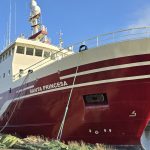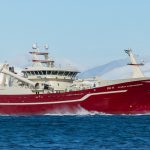The Department of Natural Resources announced that more than 530 Maryland commercial crabbers have sold their licenses back to the state. It is said that this could ease fishing pressure a bit on the Chesapeake Bay’s signature crustacean. Now, the state plans to freeze or restrict the permits of nearly 2,000 other “inactive” crabbers who didn’t report catching anything last year.
According to the state officials the response of the buyback programme was good in which the state offered some of its commercial crabbers $2,260 each to permanently retire their permits to catch crabs for sale. The offers were made to holders of the “limited crab catcher” license, which allows fishing for crabs with a baited line or with up to 50 wire-mesh crab “pots” or traps.
It is told that the authorities are hoped to buy 1,327 licenses, or more than one-third of the 3,676 existing permits of that type. This is DNR’s second attempt to buy inactive licenses back, and its third swing at keeping the bay’s rebuilding crab population from being hurt if many crabbers who’ve been sitting on the shore for the past few years suddenly decided to head back out on the water.
Lynn Fegley, assistant fisheries director, said about half the crabbers who finally sold their licenses had sat out the reverse auction, which had never before been tried in the bay region. DNR now is proposing new regulations that will require inactive commercial crabbers to choose between one of two options if they don’t sell their licenses back to the state.
Larry Simns, president of the Maryland Watermen’s Association, called the proposed limits on inactive crabbing licenses “a reasonable compromise.” He added that the fall crab harvest is finishing strongly, after a summer when crabs seemed scarce at times – a phenomenon he and other watermen blamed on poor water quality.








